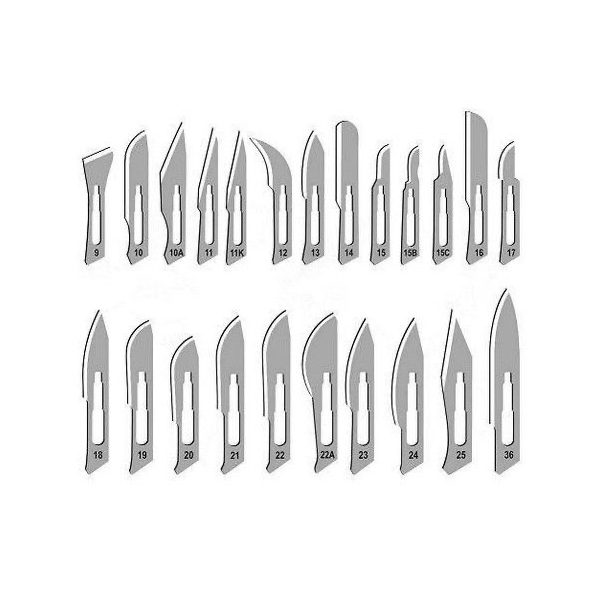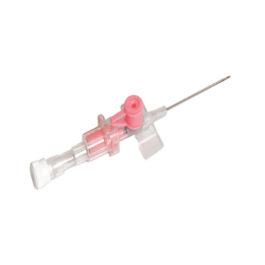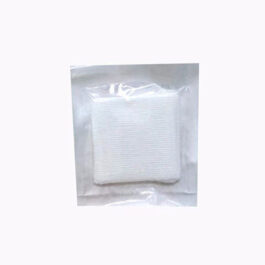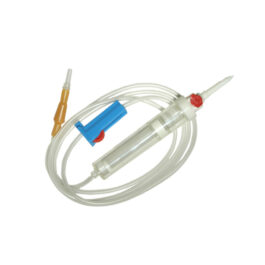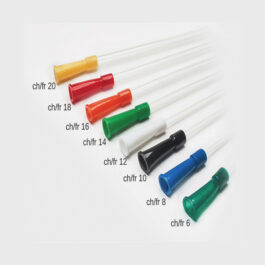Description
Surgical Blades. Surgical procedures used to cut skin and tissue during surgical blades or scalpels. … There are surgical kniveswith or without a handle. Surgical blades are available as disposable scalpels (sterile and non-sterile).
Bazı yaygın bıçak türleri ve sayıları aşağıdakileri içerir:
# 10 – A large curved cutting edge that represents a more traditional blade shape. It is generally used to cut soft tissue with large incisions.

# 11 – A long, triangular blade with the hypotenuse at its sharpest edge. Due to its pointed tip, it is typically used for stabbing cuts and / or for short, precise cuts that are shallow.
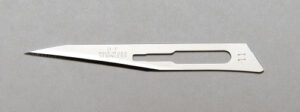
# 12 – A small, pointed, crescent-shaped blade typically used as a suture cutter. It is most sharp at the inner edge of the curve.

# 15 – Ideal for making short, precise cuts thanks to its small, curved cutting edge.

# 20 – A large curved blade commonly used for cutting tissue and other procedures that require puncture or cutting.

Similar to # 21 – # 20, it has a large curved blade commonly used for cutting tissue and other procedures that require puncture or cutting.

# 22 – Essentially a larger version of # 10 has a straight, sharpened trailing edge and a short, curved cut edge. These blades are usually best for making large cuts in thick leather.

# 23 – A large blade that is slightly narrower than # 21 and # 21. It also has a pointed tip.
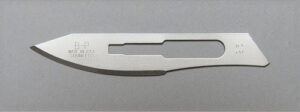


 Türkçe
Türkçe  العربية
العربية 

